OPEN ASSEMBLY
Experiments in Aesthetics and Politics









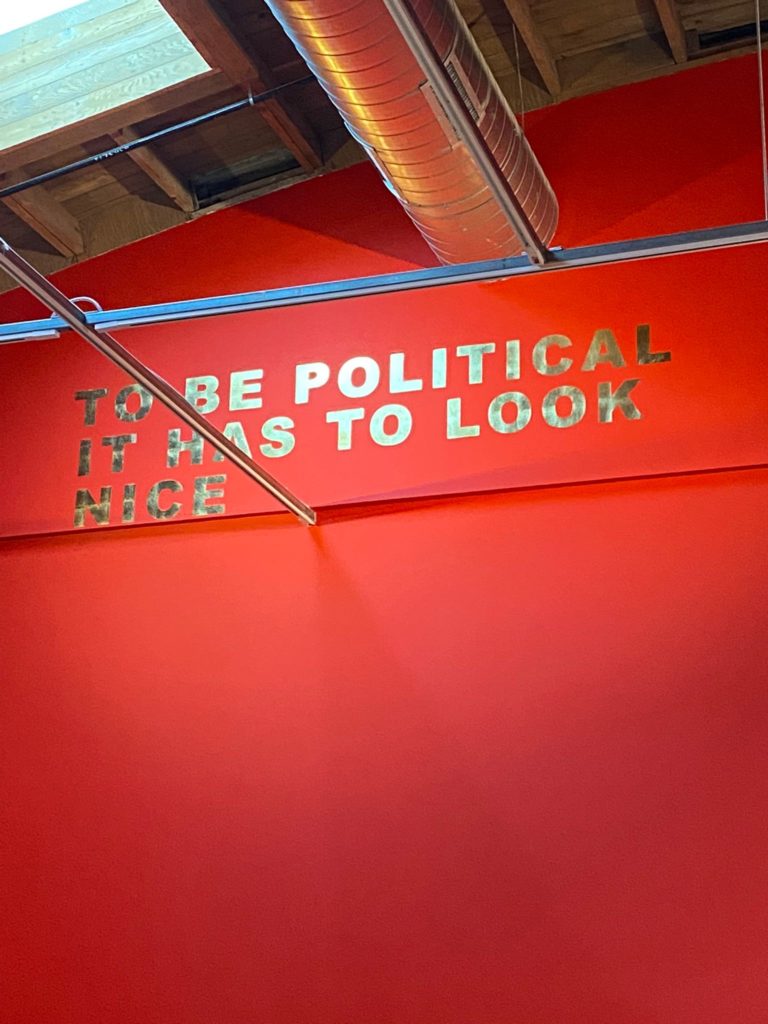

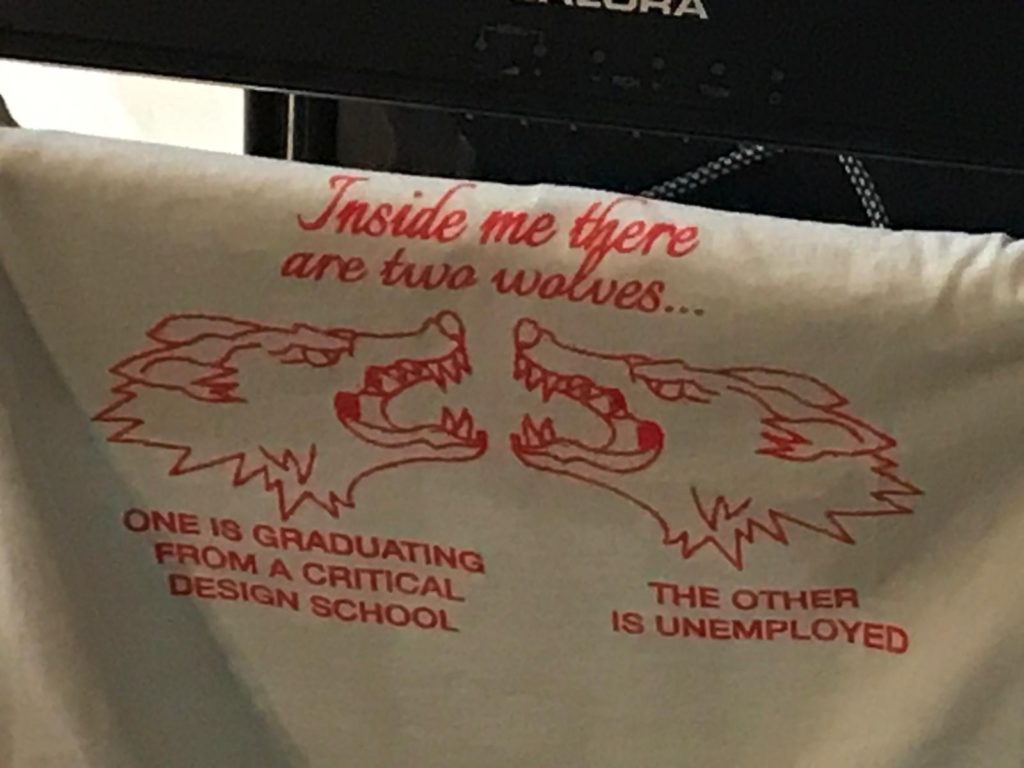
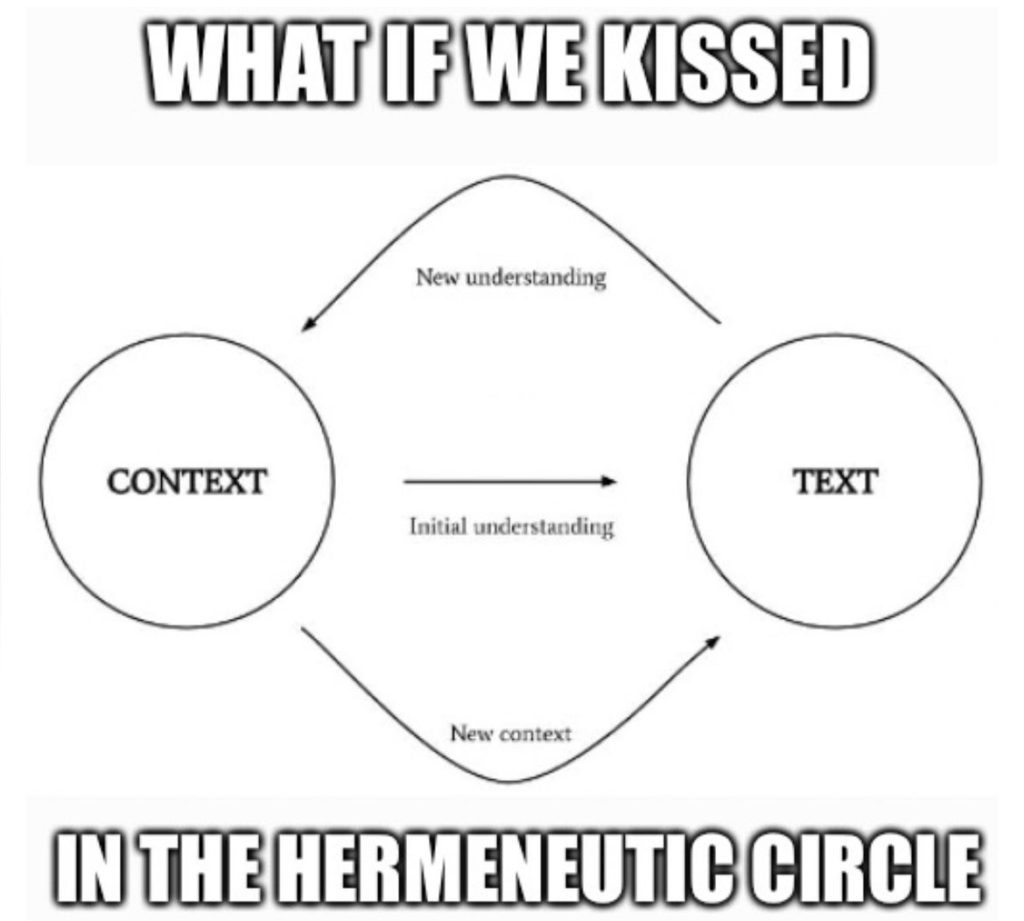


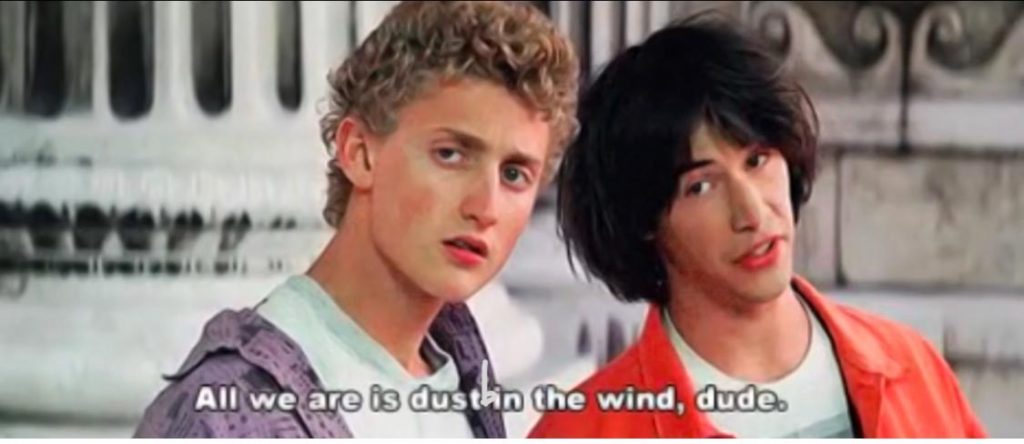



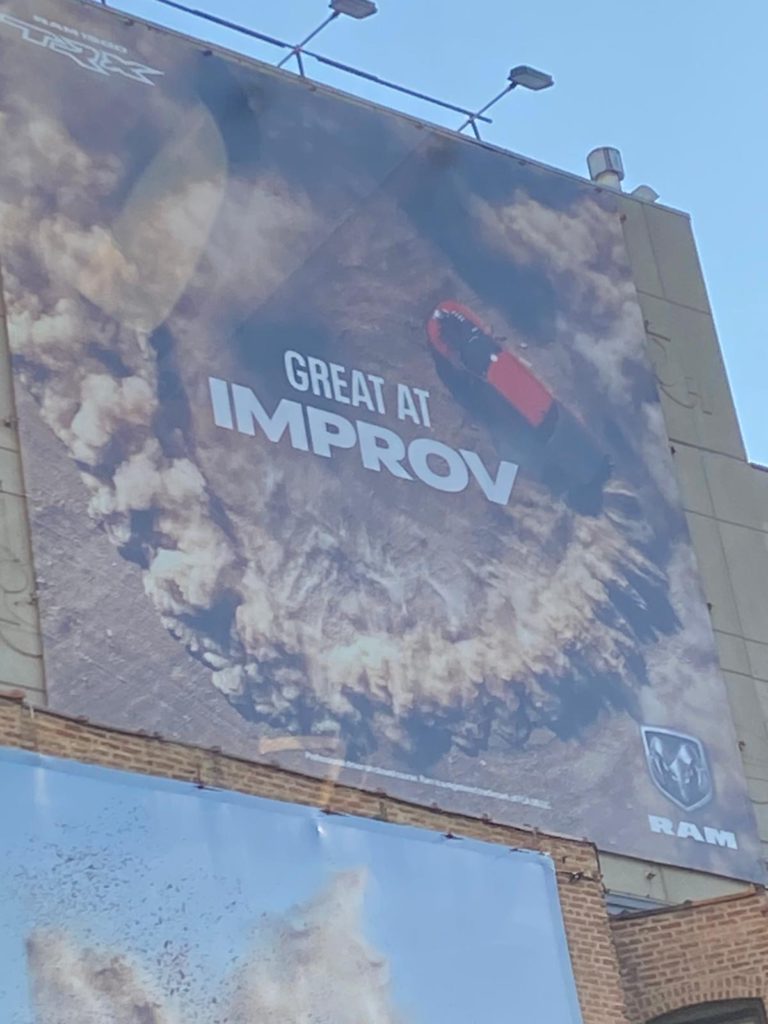
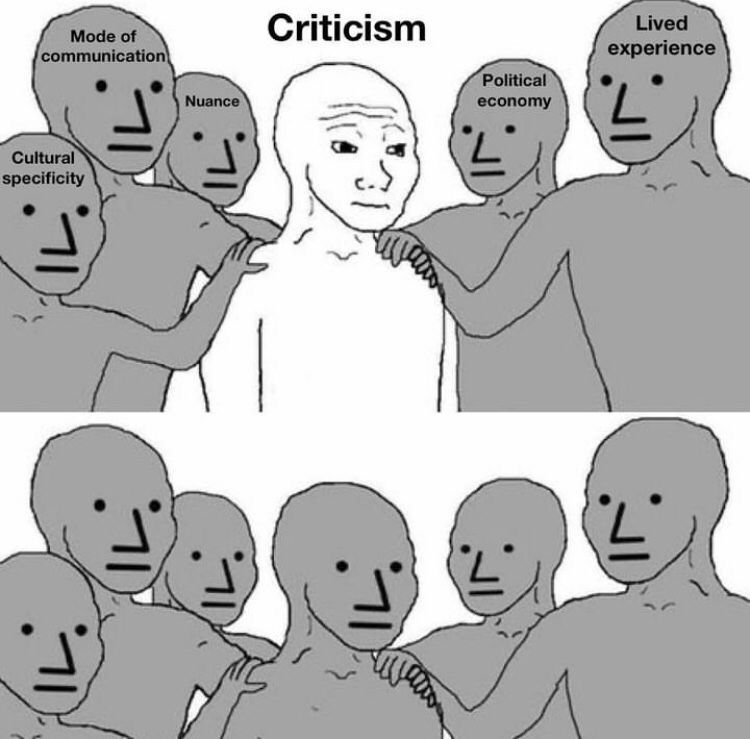
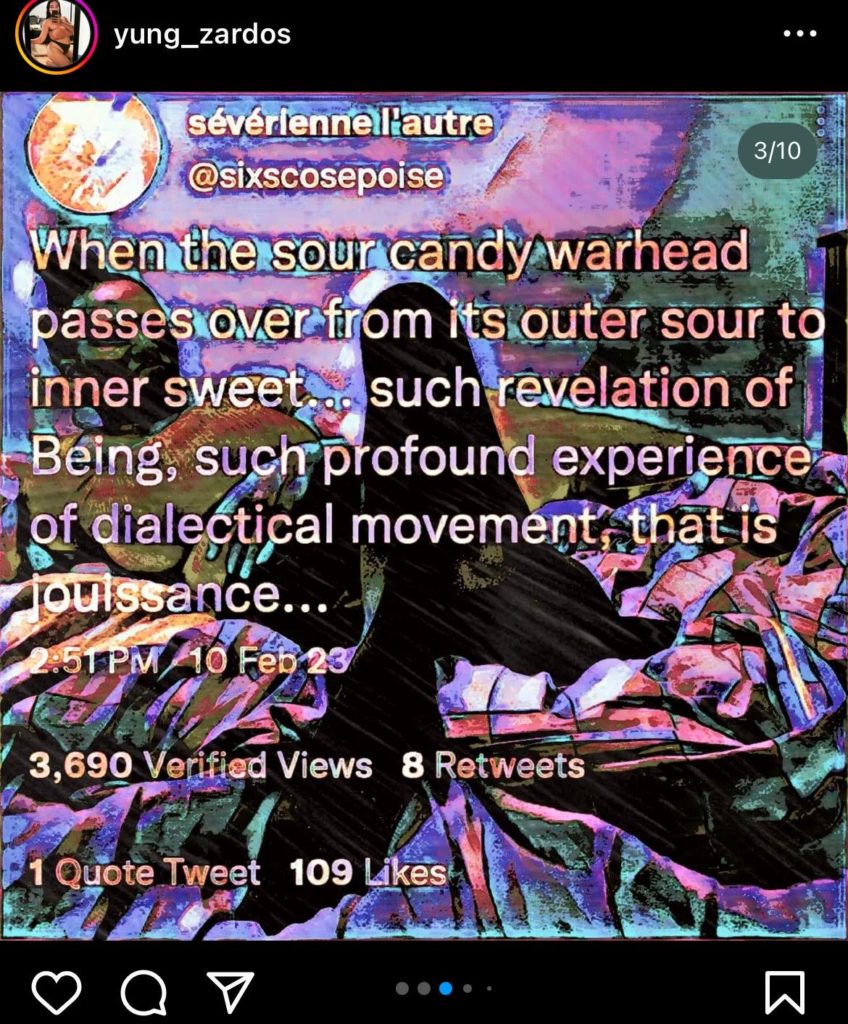
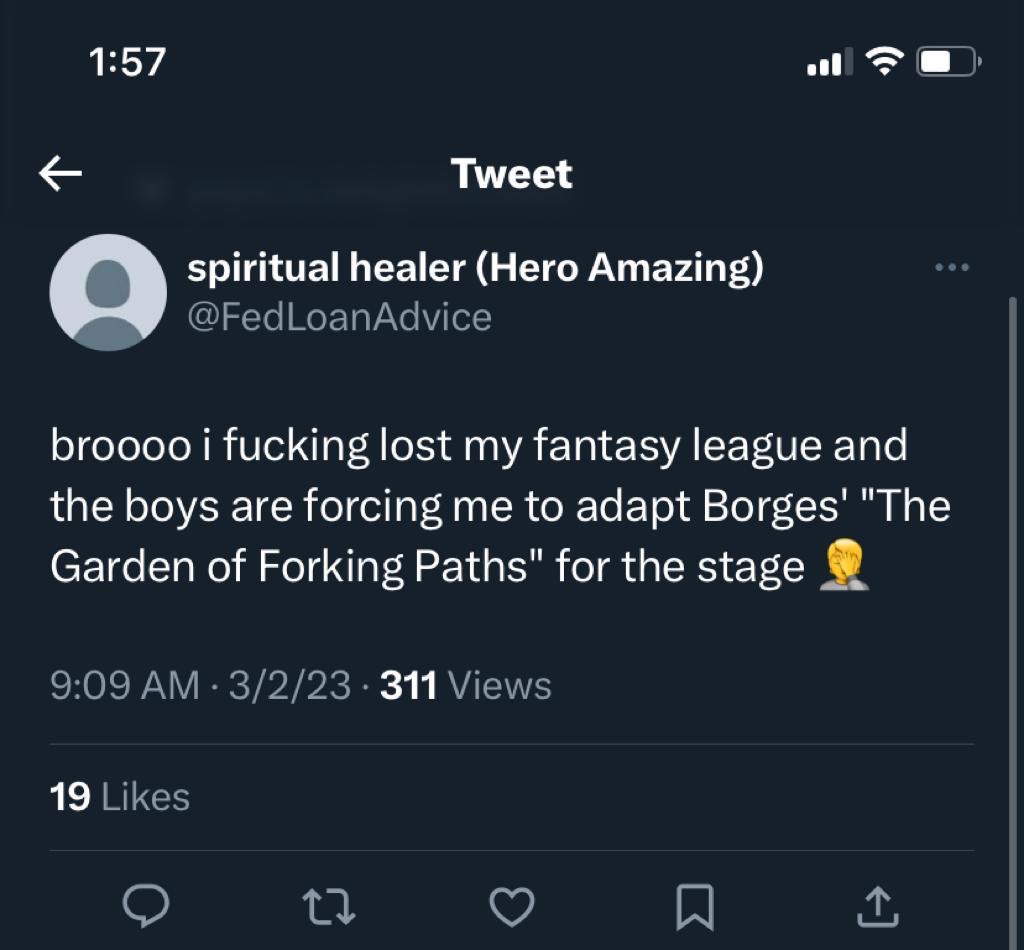
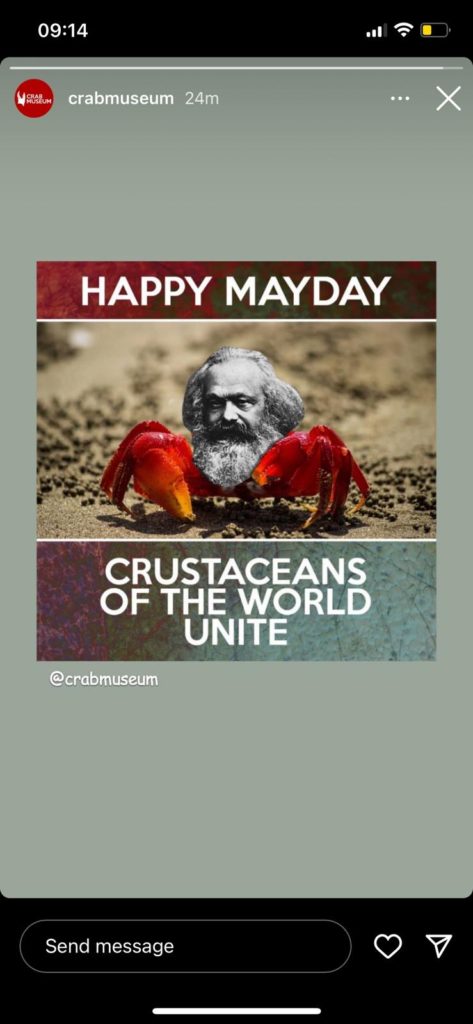

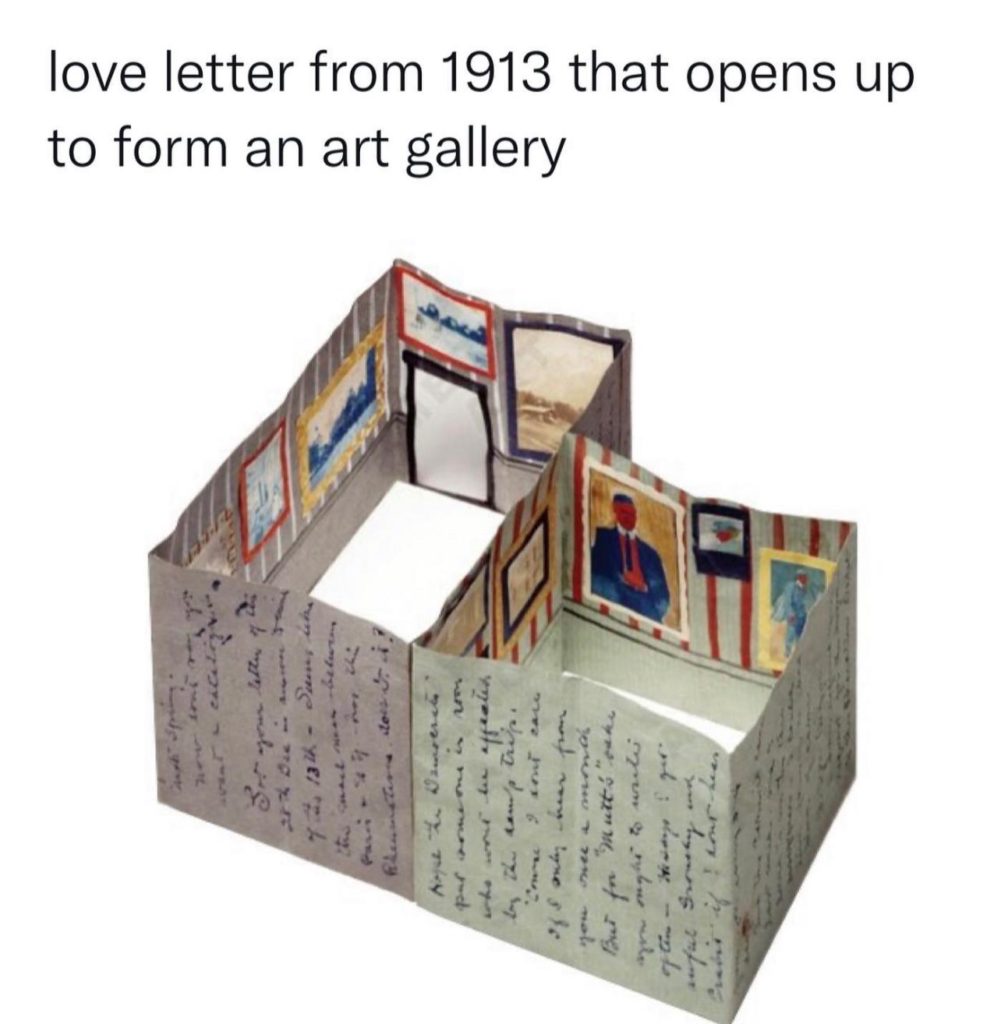
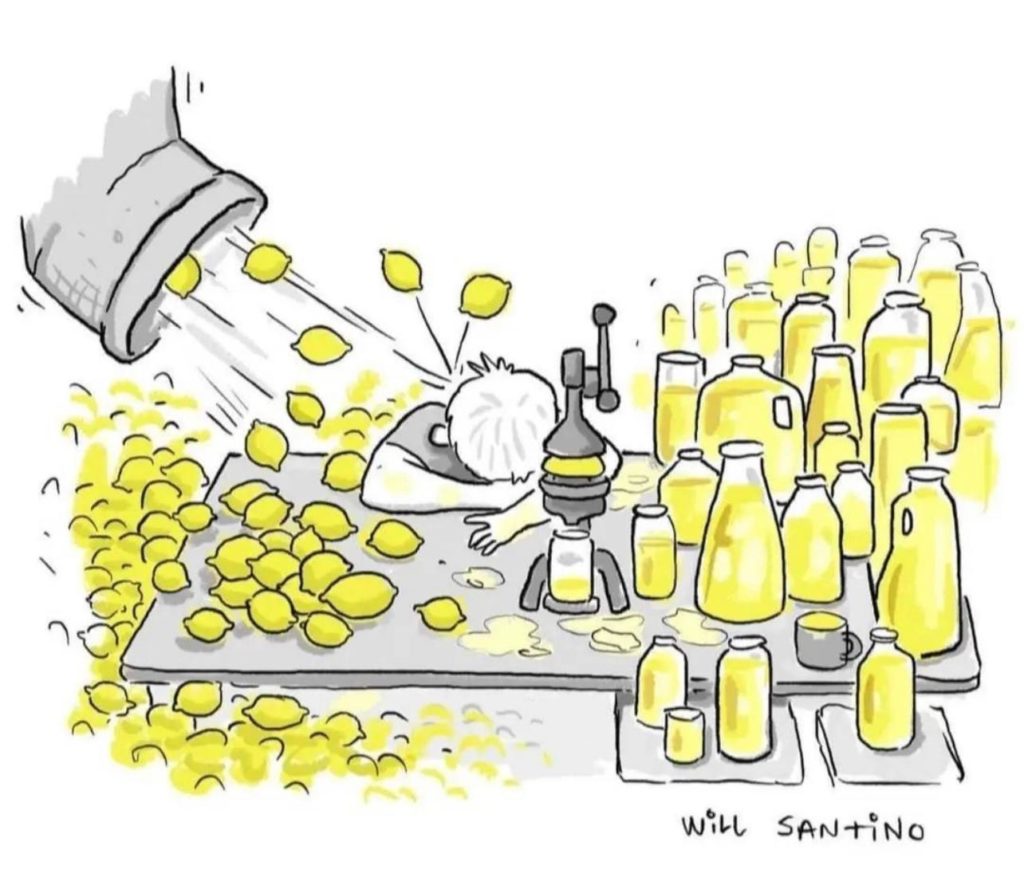
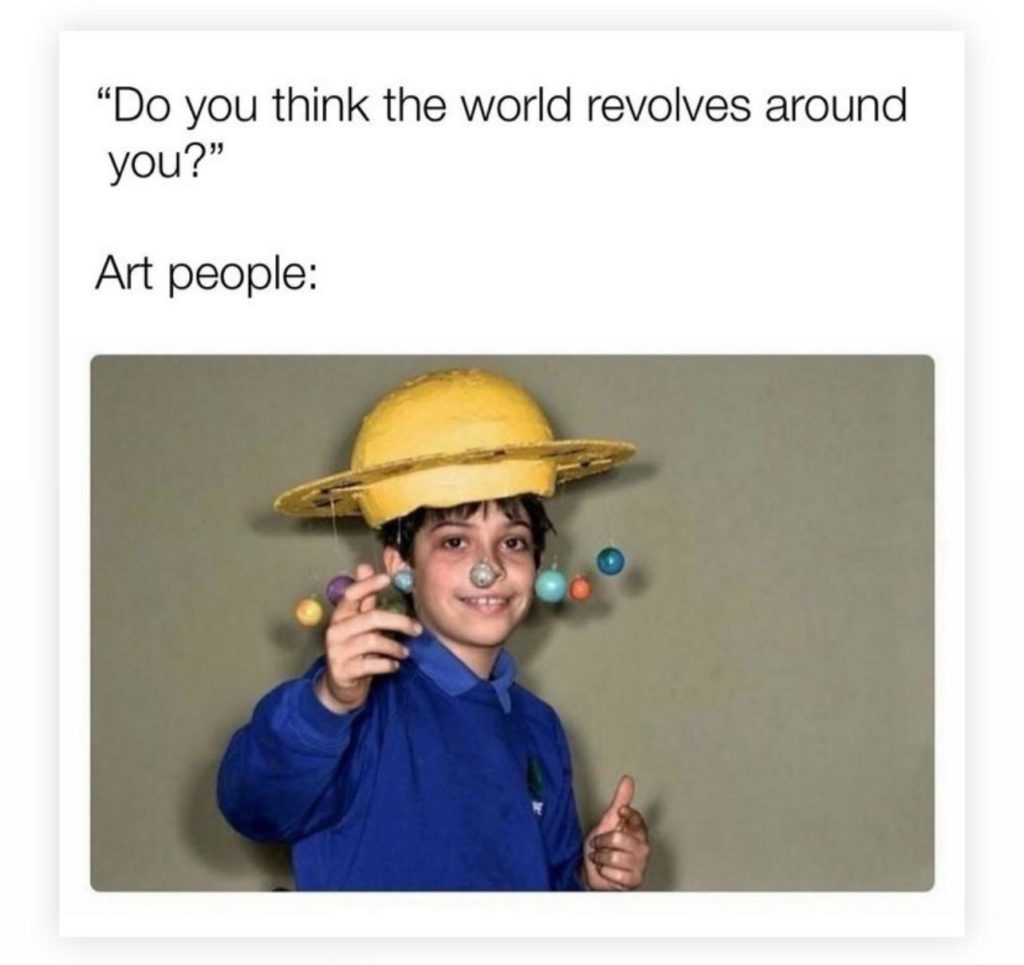
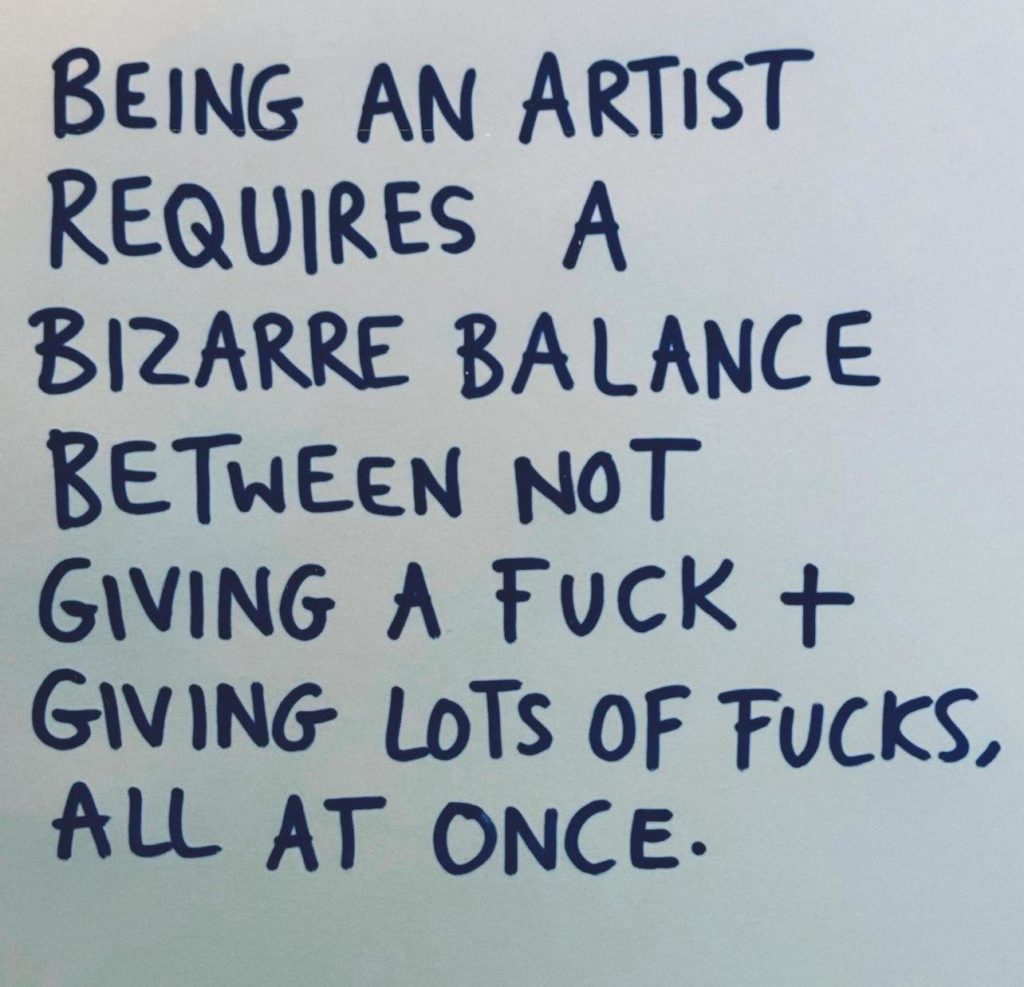

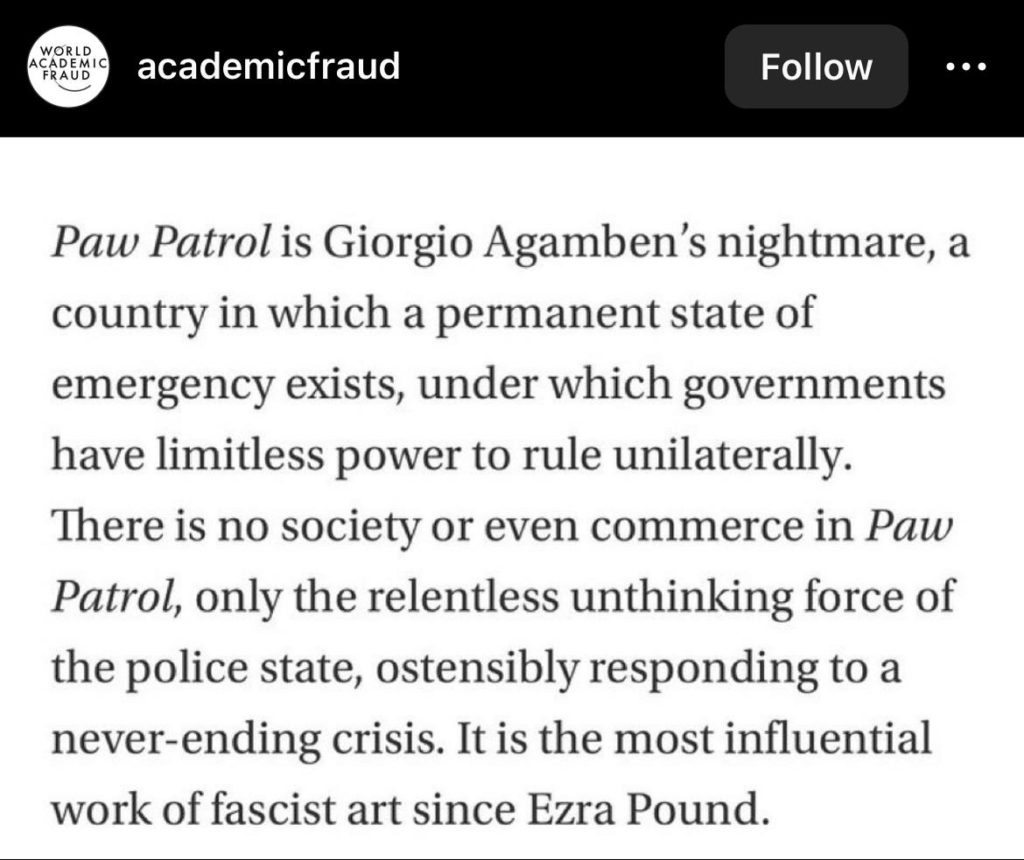

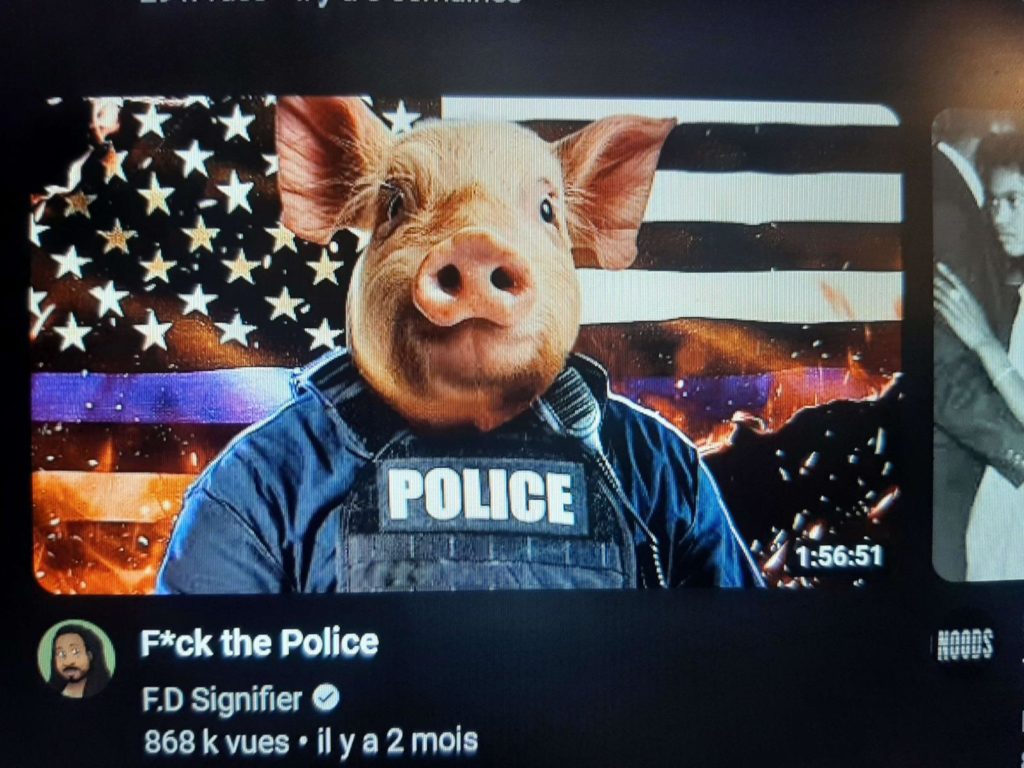
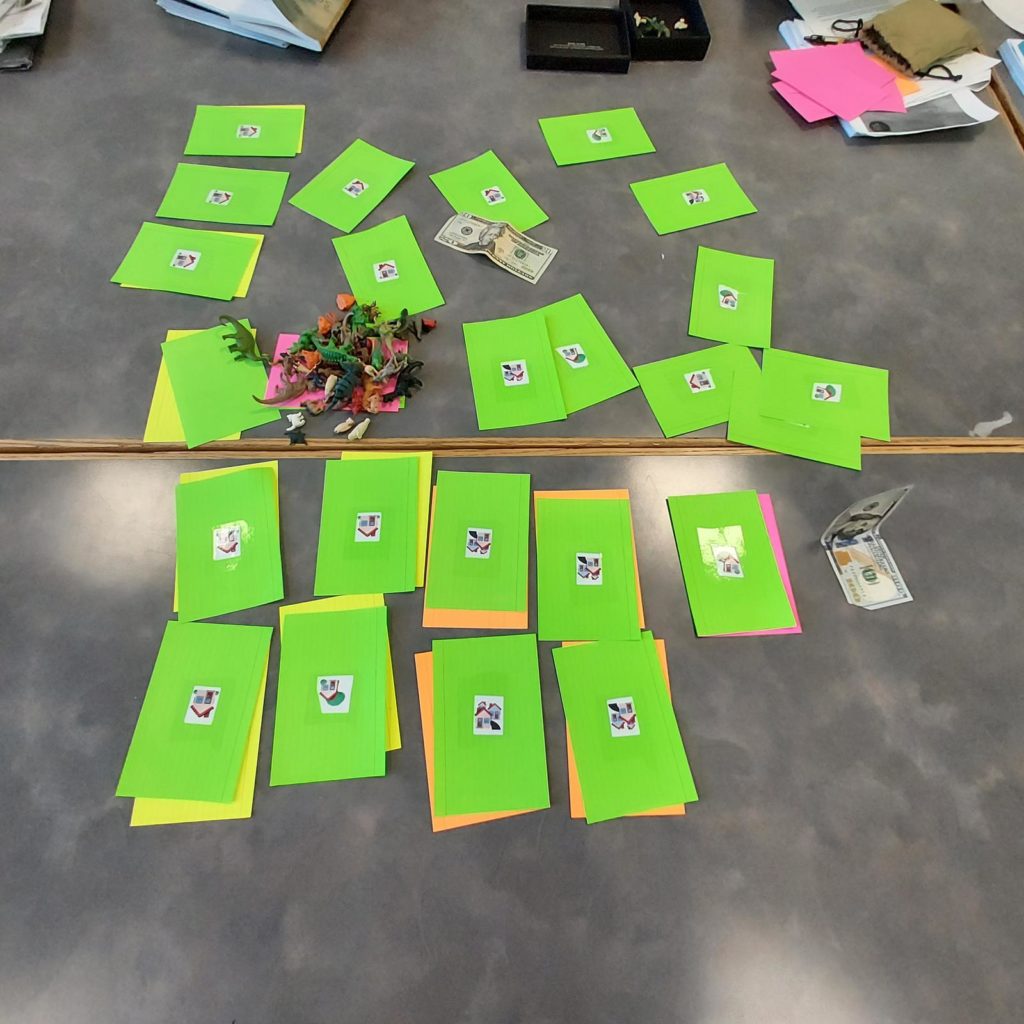

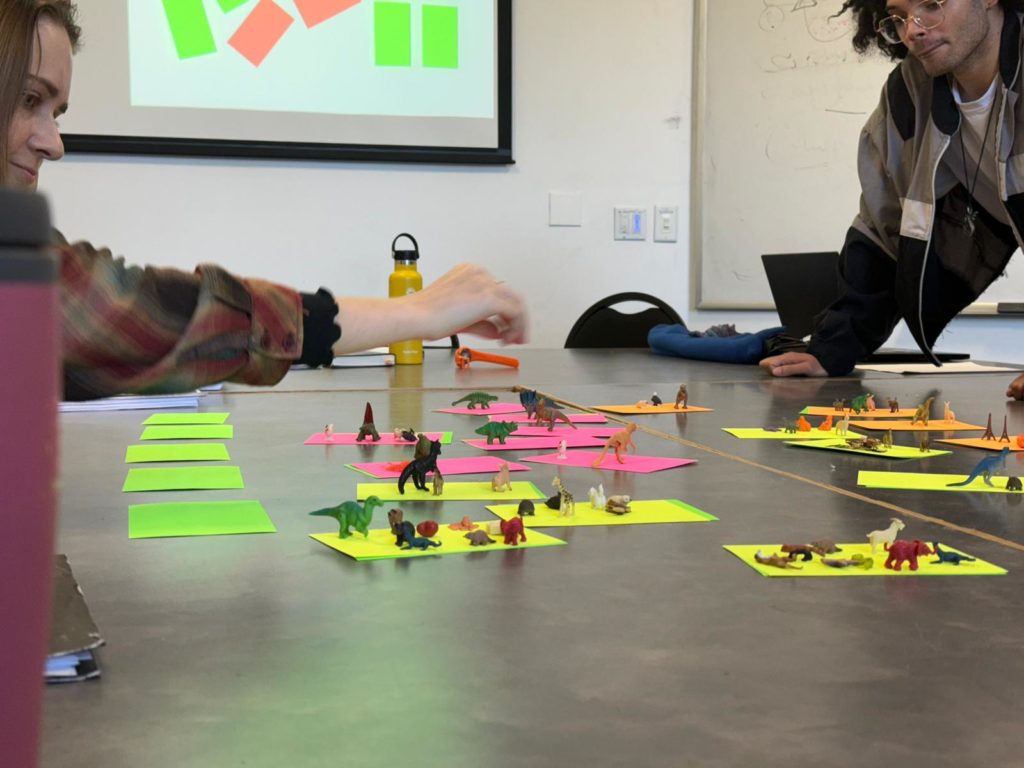
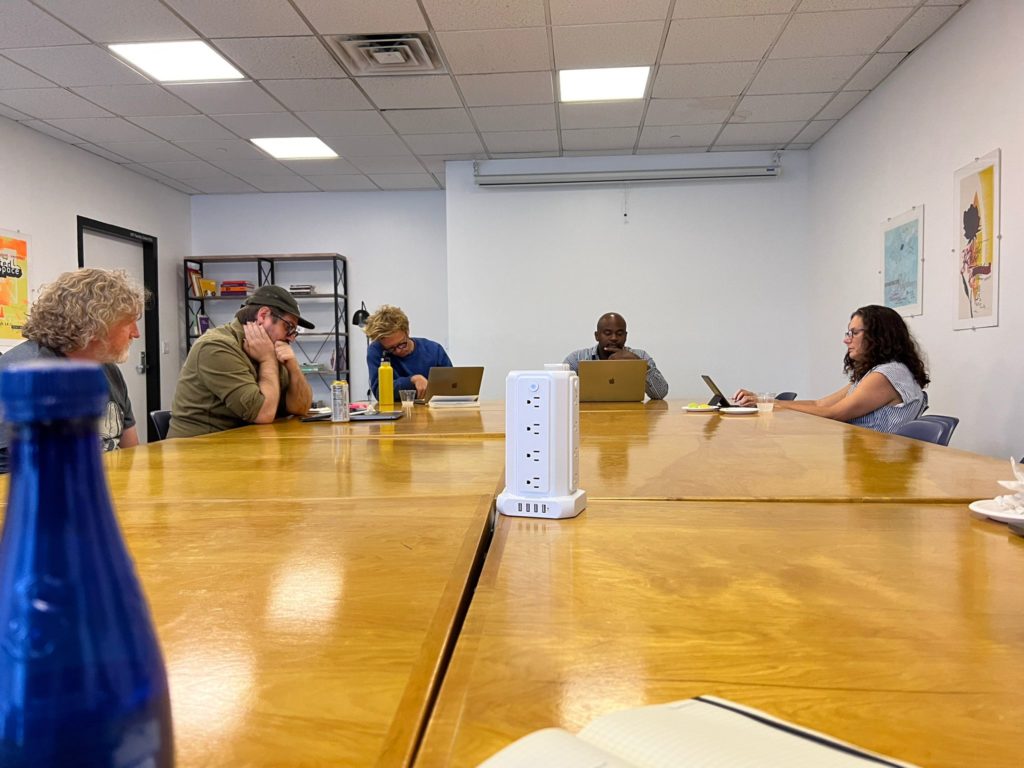


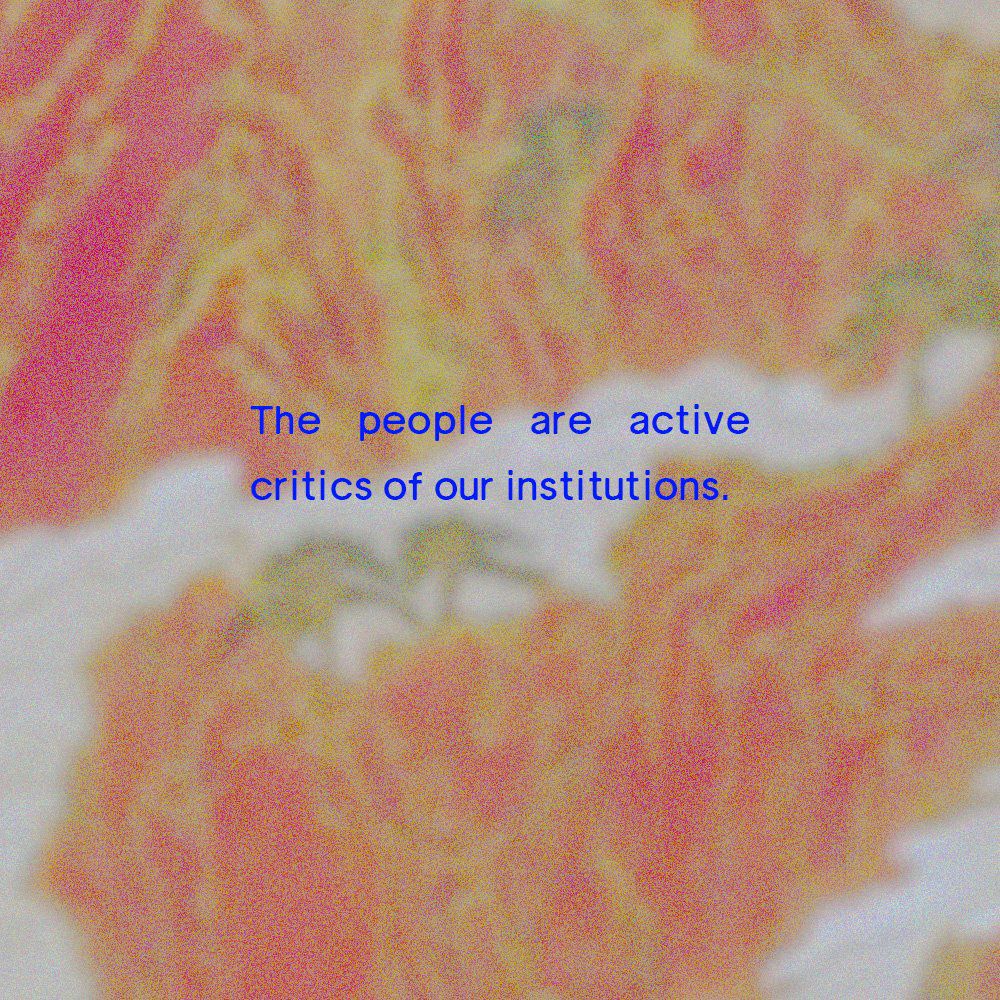

GRWM: What About Clothes? On Jack Bratich, Fashwave, Hipsters
On April 12th, 2018, Jack Bratich, an Associate Professor in the Journalism and Media Studies Department at Rutgers University, delivered a public lecture at the West Hollywood Public Library as part of the WHAP series provided by the Aesthetics & Politics department at California Institute of the Arts. The public lecture was entitled “The Aesthetics of Decline: Necro-Populism, Downsurgency, and Wars of Restoration.”
In his talk, Bratich suggests that power within the context of late capitalism is no longer easily located; instead, it functions like a troll, using elements of irony and disappearance as its primary tactic. In the article that was sent prior to the talk, he argues against the illusion of the solidity of any kind of political view, and asks us to shift our focus to “acknowledge how [they] become solidified as forces, leading to their conflict, even their hostile separation.”
Bratich’s review of different power tactics emphasized the role that memes and irony play in the sensibility of the alt-right. Most important for my own research interests was the description of what the alt-right protestors wear according to Bratich. The aesthetic is inspired by fashwave, a 2015 phenomenon that originates from a largely instrumental subgenre of vaporwave and synthwave, and combines Nazi symbolism with the visuals associated with vaporwave and synthwave (the offshoot ‘Trumpwave’ focuses on Donald Trump.) Bratich characterizes it with a carnavalesque indifference that can be traced back to the young supporters’ childhood years, “in which truth/falsity remained backstage in favor of other affective investments.”
Frighteningly, I recognized a lot of the things Bratich characterized the alt right within my community – both in and outside of art school. Camo prints with or without an actual interest in the military, fascination with the revival of a ‘past ghost’ (think tarot cards & vintage), synth music, nihilism, subversion.
Costumed Reality
If we are talking reality as a terrain filled with metamorphosis machines, as Bratich suggests, what can be more relevant than the fact that (almost) everyone, regardless of class, race, gender and background, wears clothes everyday and knows what it’s like to put something on today that will make one feel like a fundamentally different person from who they were yesterday (performativity 101!).
From the ‘plasticity’ of Donald Trump’s hair to his fluidity between an entertainment figure to a figure of the dispersed sovereign (what Bratich calls “reality/realty/royalty”); drag; gender performativity; and class mobility; call it ‘mere’ tribalism, but there is something about the semantics of clothing that is reflective of Bratich’s description of power mechanisms. To clarify: central to all of those things is the bending of a signifier to meet different types of contexts.
In addition, I think that in the context of today’s capitalism, it would be silly to separate aesthetics from politics – for one, most people’s relationship to brands and fashion ‘looks’ is infinitely more intimate and ideological than their connection to political figures and parties.
For instance, Bratich says:
Fashwave aesthetics combine a retro 80s vaporous memory with a cold, dead future. Such a soundtrack turns the reactionary street slogan “Take back our future!” into a graverobber’s refrain. Since their future is dead, these teens and twenty somethings walk as ghosts and simulations not of victorious warriors, but of the defeated—staging reality as necropolitical carnival.
My question is, how is this aesthetic any different from that of art school hipsters?
A Fashionable Revival
Same with the “ironic and fervent appreciation of costumed reality” that is characteristic of the alt right — what do we do with the fact that most of today’s fashion is characterized by specifically this – a campy, ‘ironic’ appreciation of ‘costumed reality’? (Side note: I recently applied to be a sales associate at Urban Outfitters in the midst of yet another post-grad school existential crisis, and one of the requirements for the job was “an understanding of irony.” I didn’t get the job. lol.)
During my search for an image that would represent the /fa/ fashion aesthetic for this post, I stumbled upon an alt-right forum that looks at an image from the Vetements 2016 fashion show as an ‘emblem’ of the fashwave look. Rightfully so – if we are looking for the ultimate ‘trickster’ when it comes to clothing, Vetements would come up right on the top of the list. The most explicitly troll-like of today’s fashion designers, the brand thrives on a nihilistic, necro- approach to aesthetics: an outfit that is a goth meme, with thin, pitch black bangs, a goth band t-shirt with the brand’s name printed on it above a skull, all black, leather boots, lots of layers; It is also subversive in form – with the ultra-trendy ‘oversized’ and layered look that conceals the actual flesh of the model beneath it.
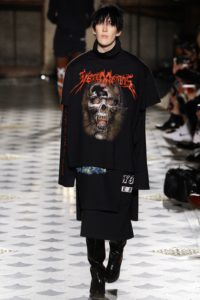
Photo: Vetements 2016
Obviously, not everyone who uses irony in fashion (which would be everyone who is interested in fashion) is necessarily an alt-right supporter. At the same time, there is a tradition of influencing a political stance through one’s clothing choices. Whether it’s through reclaiming trends, like in the case of the editor of neo-Nazi site The Daily Stormer Andrew Anglin declaring New Balance ‘the official shoes of White people’, or through things like the Diesel campaign “Make Love not Walls,” after which a lot of the previously conservative followers of the brand changed their political views to anti-Trump. Or, let’s remember the 2013 Clément Méric case, when an antifa kid was killed by a fascist at a Fred Perry sale in Paris.
The fundamental principle of the alt-right is white supremacy, and it doesn’t mean that the ‘alt-right’ clothes necessarily carry that meaning when worn on a different – say, leftist millennial, – body. Or does it? Could this be… deterritorialization? What happens in the semantic gap between a neo-nazi wearing a new balance shoe, signifying the reclaiming of the status quo, and a hipster who bought the same exact shoe from Urban Outfitters? What is the difference between a streetwear fashionista putting on a military-inspired uniform to look ‘hip’, and a neo-fascist wearing the same uniform for (probably, maybe not) the same reason? Perhaps these questions are irrelevant; or maybe this is the manifestation of my own ‘hip’ faux nostalgia for the 80’s – @ Barthes, @ Paul De Man, @ Derrida? (There goes my ‘revival of the ghost’; pun intended.)
Metamorphosis Machines
The form of wood, for instance, is altered if a table is made out of it. Nevertheless the table continues to be wood, an ordinary sensuous thing. But as soon as it emerges as a commodity, it changes into a thing which transcends sensuousness. It not only stands with its feet on the ground, but, in relation to all other commodities, it stands on its head, and evolves out of its wooden brain grotesque ideas, far more wonderful than if it were to begin dancing of its own free will.
—Karl Marx, Capital , 1867
Marx has argued that what part of what makes commodity fetishism possible can be traced back to the primitive belief that godly powers can inhere in inanimate things – hence the cartoonish description of a dancing table above. In other words, for Marx, as long a a commodity is tied to its use-value, it can remain a simple thing – a pumpkin – that turns into a carriage as soon as the it gains a monetary equivalent.
Bratich takes this ‘transcendence’ a step further, to describe the way in which it comes to affect power relations through the example of DT’s hair:
DT’s hair was an affront, a defiance, and most of all a public challenge: he will do what he wants with it, no matter how inappropriate for his status (even clownishly so) and it will not matter—his power persists because now the audience becomes pliant as hair-reality sprouts and spreads.
So while Marx’s table becomes an animated beast that “transcends sensuousness”, DT reality is so far beyond the said ‘sensuousness’ that the pumpkin-turned-carriage is rolling way downhill to demolish categories on its way, like those of royalty/realty/reality, power source and audience, the actor and the acted upon. But, is there a difference between the commodity fetishism of a dancing table and the one that gives birth to a DT’s ‘hair reality’? A table with a carnavalesque story behind it has slightly different consequences, no? Is this the difference between a ‘fa’ and an ‘antifa’ kid wearing the Fred Perry shirt?
While on the subject of communism, one more quote. In her text on “Aesthetics and Anaesthetics,” Susan Buck-Morss, discussing the fact that “The logical result of Fascism is the introduction of aesthetics into political life,” writes:
The Communist response to this crisis is to “politicize art,” implying — what? Surely Benjamin must mean more than to make culture a vehicle for Communist propaganda. He is demanding of art a task far more difficult — that is to undo the alienation of the corporeal sensorium, to restore the instinctual power of the human bodily senses for the sake of humanity’s self-preservation, and to do this, not by avoiding the new technologies, but by passing through them.
During his talk, Bratich emphasized the fact that in the same text, Buck-Morss mentions that the moment when modern aesthetics become detached from the sensorial/the bodily is also a moment of extreme masculine impulse. For Buck-Morss, the said transcendence has everything directly to do with alienation from the body and bodily senses. That is to say, when turning into a carriage from a pumpkin, one is also simultaneously becoming more masculinist and less attuned to the physicality of experience. She calls this the motif of ‘autogenesis’:
the narcissistic illusion of total control. The fact that one can imagine something that is not, is extrapolated in the fantasy that one can (re)create the world according to plan (a degree of control impossible, for example, in the creation of a living, breathing child).
Bratich encapsulates the DT mindset roughly as the belief in that “reality is to be intervened into, played with, organized,” and I think we can go further to say that this view is shared across the political spectrum, however, different stance give birth to fundamentally different circumstances (at least, at the moment, being enchanted by a ‘table’ – given we’re actually talking about a table – does not equal white supremacy.)
Re-tailored Masculinity
What I read about our cultural moment from the example of Vetements style ‘ironic,’ trolling fashion look – which, to me, is a good visualization of Bratich’s argument, – is the overbearing obsession with masculinity. The need to ‘control’ that Buck-Morss points out reads quite literally, for one, in the current trendiness of army-inspired outfits, and stretches to the point where I often catch myself switching heels for sneakers when worn with a dress to ‘balance out’ the ‘awkward’ femininity in the ensemble (I identify as a female and have a semi curvy body structure.) Regardless of one’s political views, whether they are a fascist or not, their clothes are becoming rapidly masculinist, with tailored lines dominating over accentuating curves, and sneakers/flats over heels. And this happens across the gender spectrum – tailored lines just look more flattering; it’s about the aesthetic tradition and the material history of the signifier; tribalism.
Of course, the emancipatory act of wearing ‘whatever the heck we want’ has its place; I am just saying, it saddens me that reclaiming a femininity means to validate it by using masculine traits. Why is this signifier to be used tastefully, sparingly, only maybe as an accent piece? Its assigned so-called richness and ‘actual’ meaning, traps her within an existing category, preventing her from being molded into something other than what it already ‘is’ – trapped in the woodiness of Marx’s table, the ultimate subversion (I hope my sarcasm comes through in written form.) Is Bratich ultimately calling for a shift in methodology, so that the material, raw, everyday mixes with the fluid, academic, rhizomatic in order to figure out a new mode of sensual ‘table-dancing’?
But maybe all this is also very 80’s of me to say.
Works Cited:
Bratich, Jack. “Making, Faking, Abolishing: Necro-Populism, Downsurgency, and Wars of restoration.” Unpublished [2019].
Buck-Morss, Susan. “Aesthetics and Anaesthetics. Walter Benjamin’s Artwork Essay Reconsidered.” October, Vol. 62. (Autumn, 1992), pp. 3-41.
DaveGian. “Diesel and David LaChapelle Offer Joyous Resistance With the Flamboyant ‘Make Love Not Walls’ Campaign.” Adweek, 15 Feb. 2017, www.adweek.com/creativity/diesel-and-david-lachapelle-offer-joyous-resistance-with-the-flamboyant-make-love-not-walls-campaign/.
Esculapio, Alex, et al. “OPERATION NEW BALANCE: How Neo-Nazis Hacked the Mall.” Vestoj, 2006, vestoj.com/operation-new-balance/#fn1-7895.
Hewitt, Paolo. “Fred Perry Failed to Put a Patch over Its Extremist Customers | Paolo Hewitt.” The Guardian, 10 June 2013, www.theguardian.com/commentisfree/2013/jun/10/fred-perry-patch-extremist-customers.
Marx, Karl, Capital. 1867.
Mower, Sarah. “Vetements Fall 2016 Ready-to-Wear Fashion Show.” Vogue, 4 Mar. 2016, www.vogue.com/fashion-shows/fall-2016-ready-to-wear/vetements.
